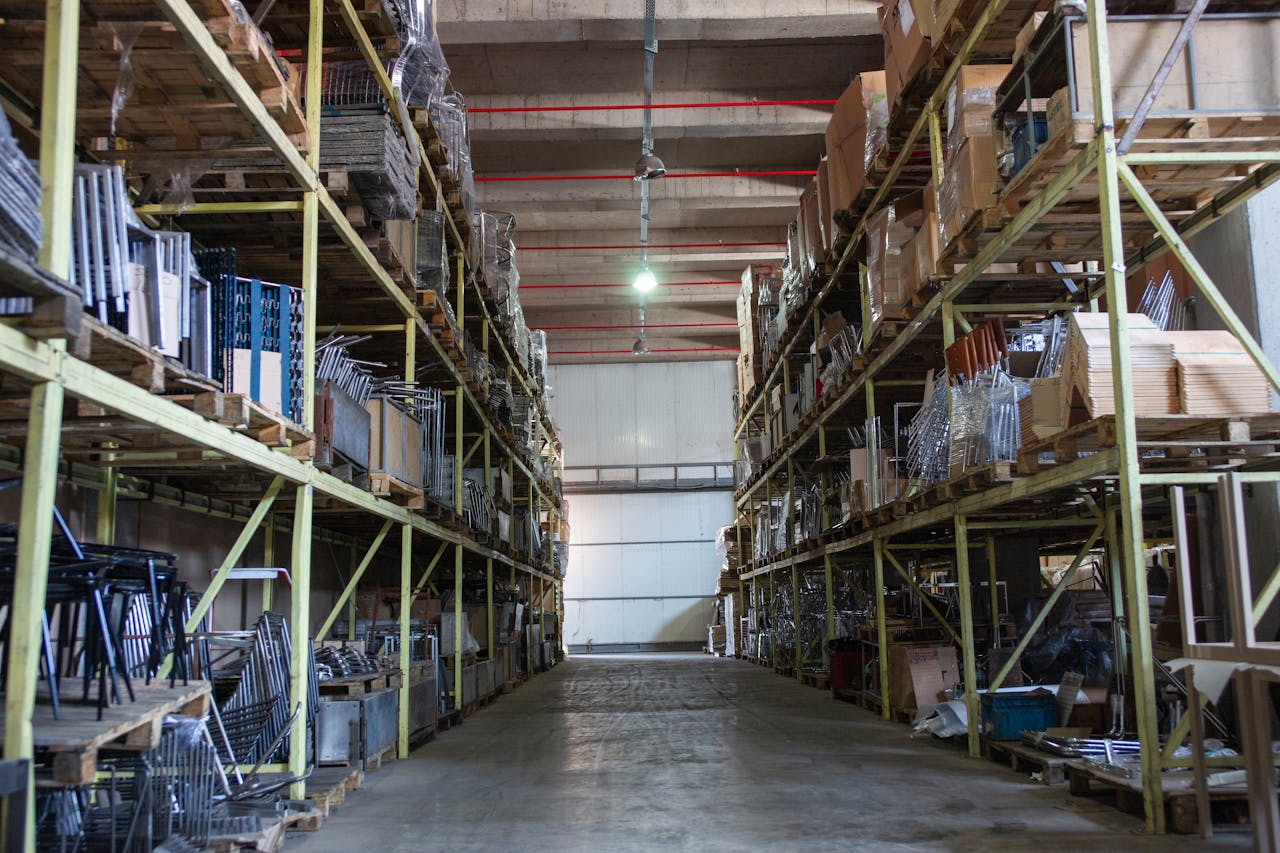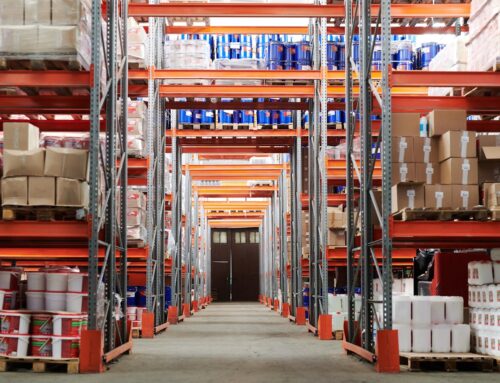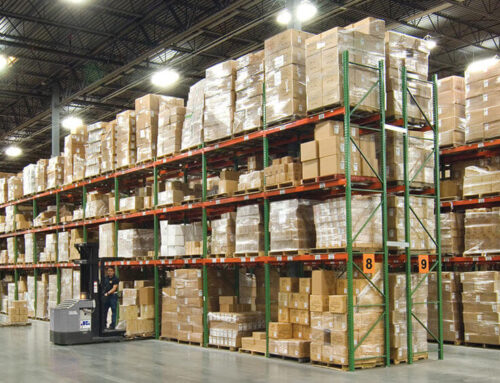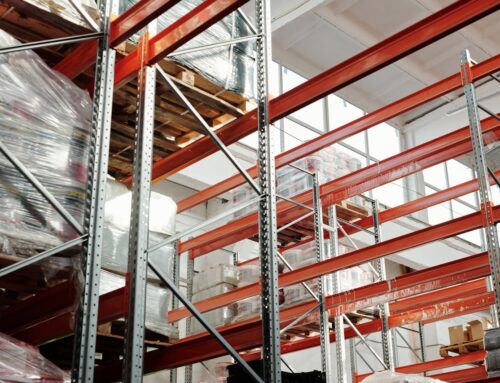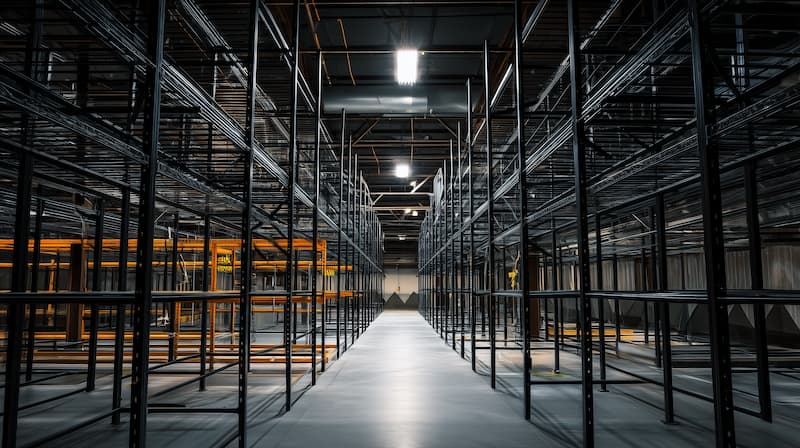
Is your warehouse storage system built to last, or just barely holding up? Choosing the right beam size for your pallet rack system is one of the most important decisions you’ll make for warehouse safety, efficiency, and cost-effectiveness.
The wrong beam size can lead to structural failure, reduced load capacity, or wasted space. In this guide, we’ll walk you through everything you need to know about beam sizing, from understanding load requirements to matching beam length and profile. Whether you’re installing a new warehouse shelving setup or upgrading an existing system, this advice from Pallet Rack World will help you make the right choice.
Why Beam Size Matters in a Pallet Rack System
“Racking beams should be specified by a qualified engineer familiar with the design and load dynamics of pallet racking systems. If the size or weight of your inventory changes or if beam requirements are altered, an engineer must be consulted.” – Damotech Safety
The beam is the horizontal component that connects the vertical uprights and supports the weight of your pallet loads. It’s not just about holding weight; the beam size directly impacts:
- Load capacity
- Rack stability
- Storage configuration flexibility
- Overall safety and compliance
Choosing the right beam size for your pallet rack system ensures optimal use of your available space while keeping operations smooth and safe.
Key Factors to Consider When Choosing Pallet Rack Beam Size
1. Load Weight and Distribution
Before selecting a beam, determine the weight of the pallets you’ll be storing. Beam capacity is based on evenly distributed loads.
- For example, if you plan to store two pallets per beam level, each weighing 1,500 pounds, your beams must support at least 3,000 pounds.
- Never assume a beam is “strong enough” — always refer to the manufacturer’s specs.
2. Beam Length
Beam length determines how many pallets you can store across a single shelf level. Standard pallet widths are typically 40 inches. Leave at least 3–4 inches between pallets and between the pallets and upright frames.
Common beam lengths include:
- 96 inches (holds 2 standard pallets)
- 108 inches (holds 2-3 pallets)
- 144 inches (holds 3-4 pallets)
Shorter beams increase rack rigidity, while longer beams offer more storage per level.
3. Beam Profile and Height
The height of a beam (also called beam face) affects its load-bearing capacity. Higher profiles support more weight, but also reduce vertical clearance between rack levels.
Common beam profiles include:
- 3″ or 3.5″ (light to medium duty)
- 4″ to 6″ (heavy-duty loads)
Pallet Rack World offers a wide variety of beam profiles to match different warehouse shelving needs.
Understanding Pallet Rack Beam Connection Types
The most common pallet rack beam connections are:
- Step beams: Feature a step for wire decking or crossbars
- Box beams: Offer uniform strength and are ideal for heavy loads
- Boltless beams: Easy to install and adjust
Make sure the connection style is compatible with your existing uprights and wire decking for pallet racks.
Additional Tips for Choosing the Right Pallet Rack Beam Size
- Consult rack capacity charts: Always refer to engineering data when selecting beam sizes.
- Use wire decking: For added safety and load support, consider using wire decking for pallet racks.
- Plan for future growth: Anticipate changes in product size or weight and choose beams with a higher capacity if needed.
- Get professional help: Pallet Rack World offers expert pallet rack installation and design consultations to ensure the perfect fit for your space.
Make the Smart Choice With Pallet Rack World
Selecting the right beam size for your pallet rack system is critical to maximizing warehouse efficiency, safety, and load capacity. By considering factors like load weight, beam length, and profile, you can build a system that meets your current and future storage needs.
We are here to help. With decades of experience in warehouse shelving, pallet rack installation, and wire decking solutions, we can guide you through every step of the process. Contact us today to find the perfect beam size and storage system for your operation.
Ready to upgrade your pallet rack system? Let us help you build smarter, safer warehouse storage today.


